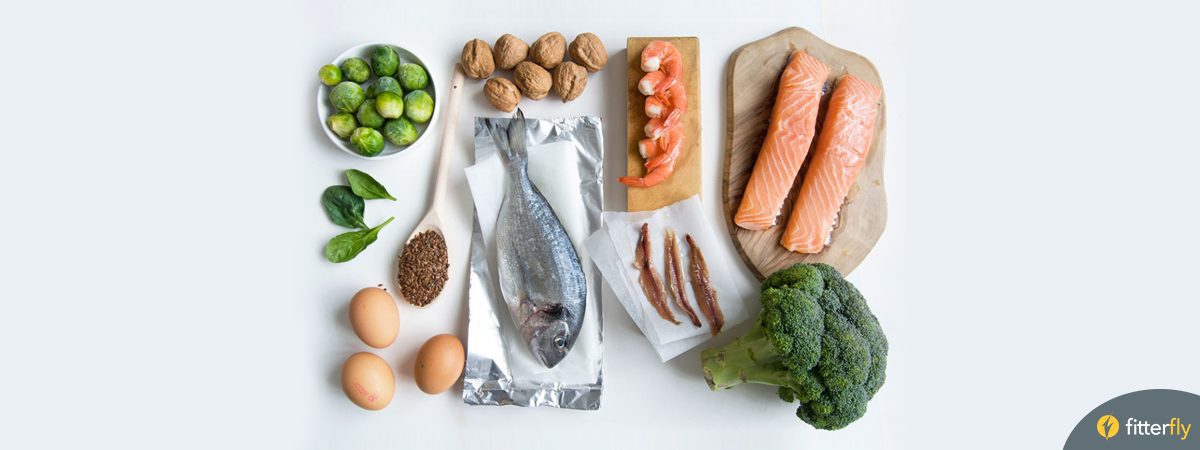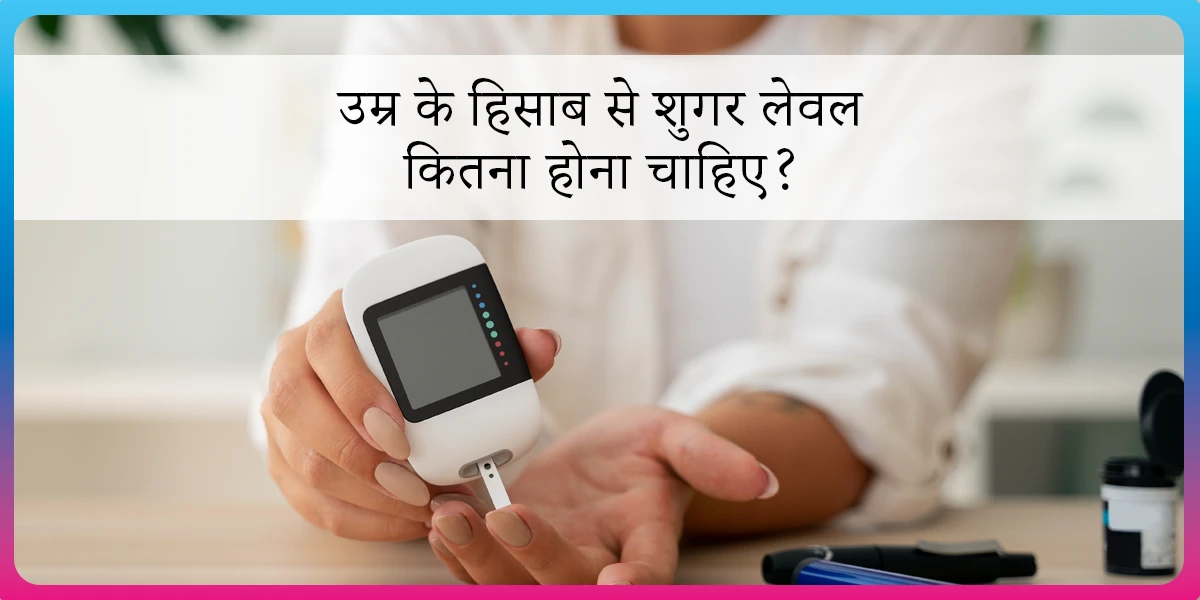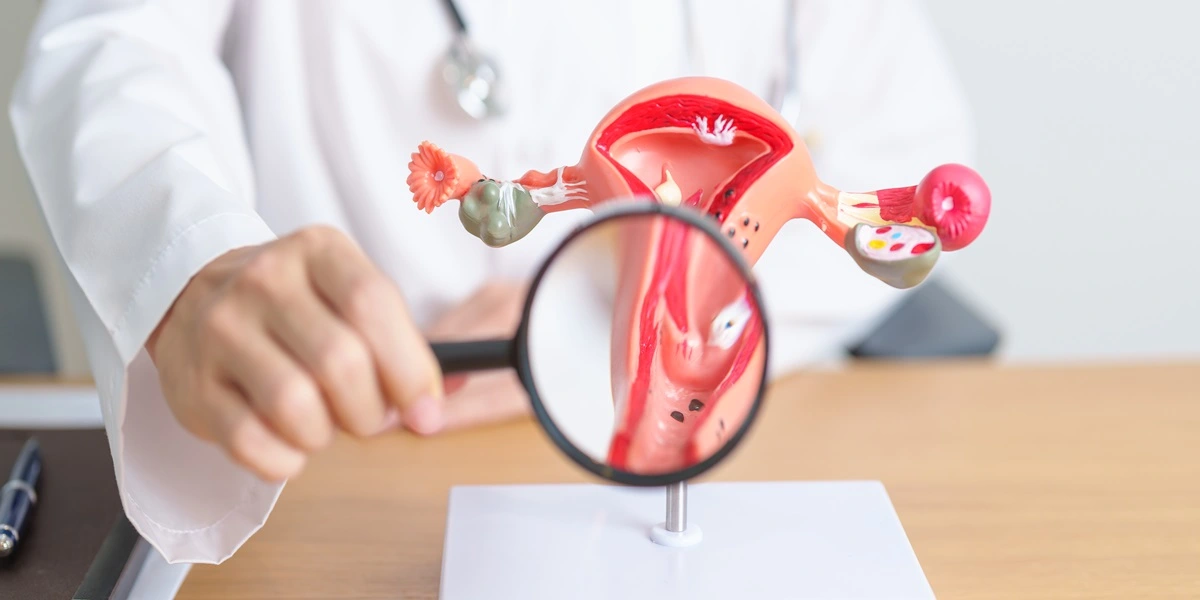Omega 3 – the Essential Fats for Child Health

Fat is the most discussed nutrient for weight gain, isn’t it? And with the increasing incidence of childhood obesity even parents are much concerned about the fat intake in children. But is it really so bad and the only culprit and doesn’t play any role for the well being? Well let’s read about the good fats…
No doubt fat is the high caloric food giving 9 Kcals / gram compared to 4 Kcals / gram of carbohydrates or proteins, but yes there are essential fats which are necessary for day to day functioning and good health of the child. So fats can be good fats (essential for body) or bad fats (harmful for body). Simply put, our pediatric nutritionists explain this as:
| GOOD FATS | BAD FATS |
|---|---|
| Essential fats – Omega 3 Fats EPA (Ecosapentanoic acid), DHA (Docosahexanoic acid), ALA (Alpha linolenic acid) |
SFA ( Saturated fatty acids) |
| MUFA ( Monounsaturated fatty acids) | TFA ( Trans fatty acids) |
Omega 3 fats fall under the good fats which are essential for the human body, i.e. our body cannot synthesise these fatty acids on own so we need to be secured in terms of its intake. To simplify omega 3 are nothing but, ALA is Alpha linolenic acid – found in vegetarian sources, which is the precursor for EPA (Ecosapentanoic acid) and DHA (Docosahexanoic acid) found in non vegetarian sources. So all three ALA, DHA and EPA are omega-3 fats.
But as parents we always have various questions in our minds about Omega 3 fats
- What are the health benefits of consuming omega 3
- How much of Omega-3 fats does my kid require
- How do I know if he/she is getting it in the right way
- Should I give my child Omega 3 supplements
- Should I supplement my child with the available supplements
Our team of Child Nutrition experts have answered these questions below:
Health Benefits of Omega 3 for kids:
- Required during pregnancy for better cognitive functioning i.e. brain and neuron ( brain cells) function and development
- They reduce platelet aggregation and thus crucial for smooth cardiac functioning.
- Omega 3 fats are also found to be beneficial in treatment of ADHD kids.
Deficiency of Omega-3 fats can lead to,
- Reduced learning
- Impaired Vision
- Polydipsia (excessive thirst)
The daily requirement (RDA) of Kids for omega 3 is as follows:
| Age | Gender | Requirement in mg |
|---|---|---|
| 1-3 years | M | 700 |
| F | 700 | |
| 4-6 years | M | 900 |
| F | 900 | |
| 7-9 years | M | 900 |
| F | 900 | |
| 10-13 years | M | 1200 |
| F | 1000 | |
| 14-18 years | M | 1600 |
| F | 1100 |
Foods rich in Omega 3 fats are :
| Vegetarian Sources | ||
|---|---|---|
| Flaxseeds ( Alsi /Jawas) | ALA – 12956 mg in 100 grams | 2 tsp /day will give 1295 mg |
| Walnuts ( Akhrot) | ALA- 8710 mg in 100 grams | 4 walnuts will meet up the requirement for the day . |
| Garden Cress Seeds ( Halim, Aliv) | ALA – 7484 mg in 100 grams | ALA – 7484 mg in 100 grams |
| Non vegetarian Sources | ||
|---|---|---|
| Mackerel fish (Bangda) | EPA & DHA – 2500 mg in 100 gram | 1 medium piece will give 1200 mg |
| Sardine fish | EPA & DHA – 3300 mg in 100 gram | – |
| Egg | DHA – 75 mg in 100 grams | 1 egg will give 12 gram |
| Bombay Duck (Bombil) | EPA & DHA – 198 mg in 100 gram | – |
| Hilsa fish | EPA & DHA – 1157 mg in 100 gram | – |
| Pomphret fish | EPA & DHA – 809 mg in 100 gram | – |
Our team of child nutrition experts recommends that we must ensure adequate intake of Omega -3 fats in children for their proper growth and development. If you have any doubts about whether your child is getting enough Omega-3 fats, you can download the Fitterfly App and check the diet if it has enough of these essential fats.
This blog provides general information for educational and informational purposes only and shouldn't be seen as professional advice.












